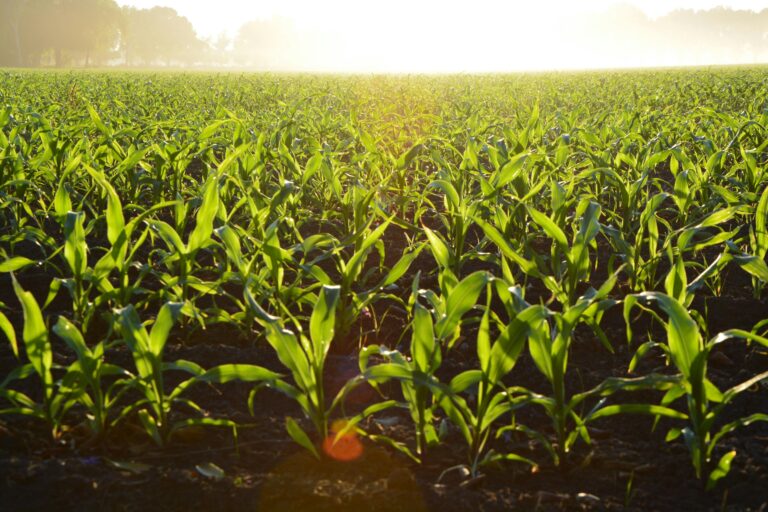
In today’s digital age, knowing how to Protect Your Crops Online is just as important as traditional farming methods. Farmers are now embracing smart agricultural practices to manage pests, weeds, and diseases efficiently. With online platforms offering advanced tools, resources, and products, protecting your crops has never been easier.
Crop protection is vital for maintaining high yield, reducing crop losses, and ensuring food security. Left unchecked, pests, weeds, and diseases can reduce productivity by up to 40%. That’s why early detection and proper interventions are essential.
Moreover, with the rise of sustainable agriculture, farmers are shifting toward eco-friendly crop protection solutions that are both effective and safe for the environment.
To better protect your crops online, you must first understand the enemies:
Insects like aphids, caterpillars, and beetles damage leaves, stems, and fruits. They feed on plant sap, disrupting growth.
Weeds compete with crops for nutrients, water, and sunlight. Common examples include crabgrass, pigweed, and barnyard grass.
Fungal infections (like powdery mildew), bacterial blight, and viral diseases can destroy crops silently. They spread quickly and often go unnoticed until it’s too late.
Thanks to technology and online resources, farmers can now access modern tools for effective crop protection. Here are some tried-and-tested methods:
Choosing disease-resistant seeds is a smart way to reduce the risk of infestation. Many online seed retailers now list resistance traits for transparency.
IPM is a sustainable approach that combines cultural, biological, and chemical methods. Platforms that help protect your crops online often provide guides on IPM tailored to specific crops and regions.
Instead of chemicals, you can use natural predators like ladybugs or parasitic wasps to control pest populations. These eco-friendly options are increasingly available from trusted online agricultural stores.
Changing the type of crops grown each season disrupts pest life cycles and improves soil health. It’s a long-term strategy but highly effective when used consistently.
Let’s explore some tools and services available online that aid in crop protection:
Platforms now offer AI-driven apps where you upload a photo of your crop, and it detects possible pests or diseases instantly.
Accurate weather forecasts help you anticipate fungal outbreaks and pest infestations. Subscribe to platforms that send alerts based on your crop and location.
Buying protective sprays, weedicides, or organic treatments is now easier through verified platforms. Always choose products suited to your crop and threat type.
For instance, trusted online stores like TazzaFresh offer a wide range of eco-friendly agricultural products for farmers looking to protect their crops with minimal environmental impact.
If you aim for sustainable farming, consider these organic solutions:
This natural pesticide deters a wide range of pests without harming pollinators.
Some plants like marigold or basil can repel harmful insects. Planting them alongside main crops is both decorative and defensive.
Healthy soil is more resistant to diseases. Organic compost boosts soil microbes that protect plant roots naturally.
Each season presents unique challenges. For example:
Create a season-wise protection schedule and adjust your treatments accordingly.
Apart from using herbicides, consider:
Another smart way to protect your crops online is by using farm management software. These tools help you:
Regular monitoring allows for early intervention, saving both crops and money.
Most crop issues start small. With early detection:
Use magnifying tools, trap cards, and online support groups to stay informed about what to look for.
In conclusion, knowing how to Protect Your Crops Online is about combining traditional wisdom with modern tools. From selecting resistant seeds to using digital monitoring apps, the opportunities are endless.
Whether you’re managing a large farm or a home garden, adopting the right strategies can help you guard against losses and improve yield. Don’t wait for pests or weeds to invade—start building your digital defense today.
Visit TazzaFresh to explore eco-friendly fertilizers, pest repellents, and seasonal crop essentials. It’s your one-stop shop to support healthy farming practices year-round.
For more insights, check out FAO’s guide on sustainable crop protection for globally recognized practices and policies.